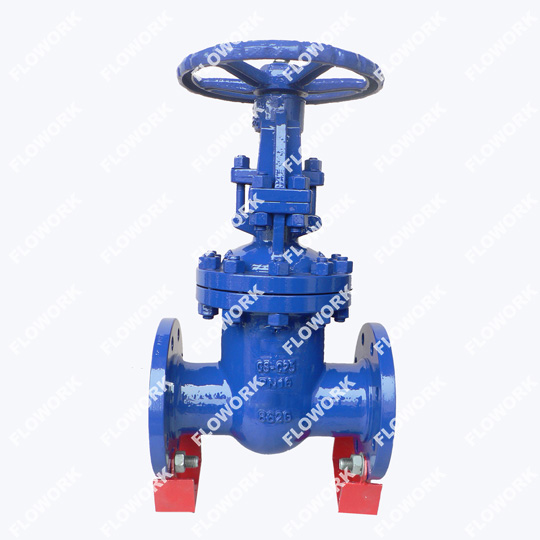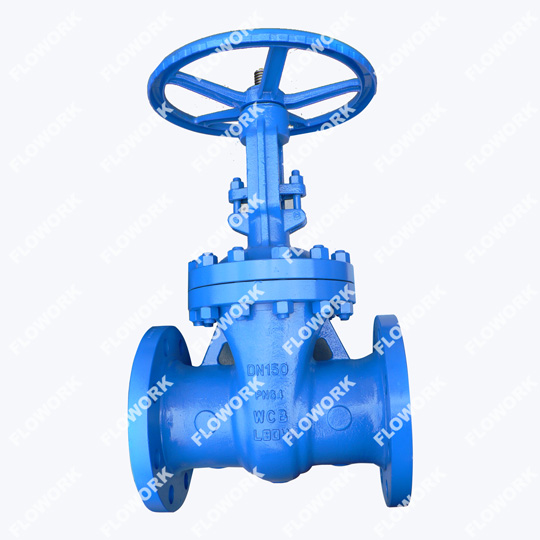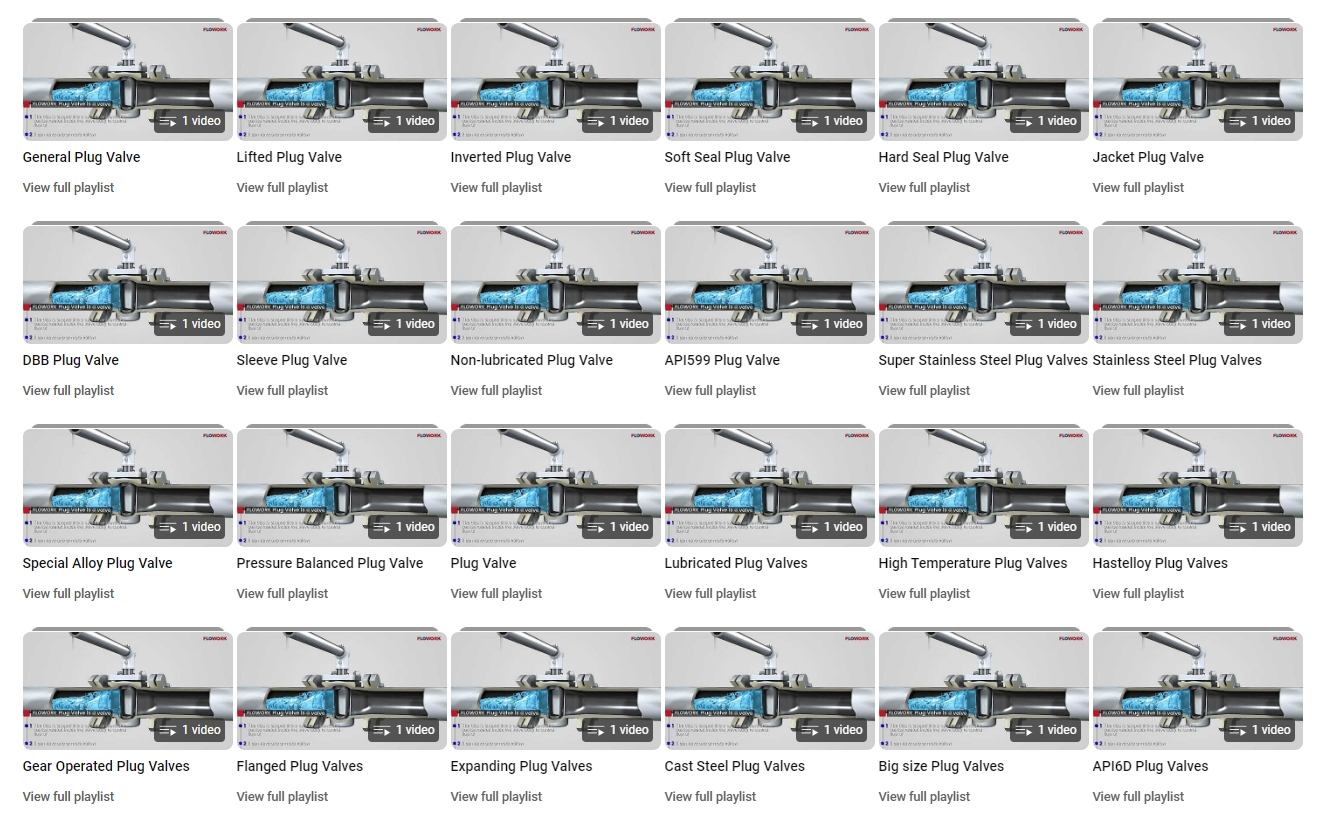What is the difference between a bellow valve and a diaphragm valve?
Bellows valve vs. diaphragm valve. In the field of industrial fluid control, bellows valves and diaphragm valves are two common valve types. Although they may be similar in some aspects, they are essentially different in structure, working principle and application scenarios. Below I will give you an in-depth comparison and analysis of these two valves to help you better understand and choose the appropriate valve type, alloy check valves.
1. Basic overview of bellows valve
Bellows valve, also known as bellows globe valve, is a valve that uses bellows as a sealing element. Bellows are usually made of stainless steel or other alloys and have good elasticity and corrosion resistance. Bellows valve realizes fluid control and cutoff through the deformation of bellows.

2. Basic overview of diaphragm valve
Diaphragm valve is a valve that uses a flexible diaphragm as the sealing element. Diaphragms are usually made of rubber, polytetrafluoroethylene (PTFE) or other elastic materials and have excellent corrosion resistance and sealing properties. The diaphragm valve realizes the control and regulation of fluid through the lifting movement of the diaphragm, big size check valve.
3. Structural differences between bellows valves and diaphragm valves
Sealing element: Bellows valves use metal bellows as the sealing element, while diaphragm valves use flexible diaphragms as the sealing element. The material and structural differences between these two sealing elements lead to differences in sealing performance, corrosion resistance and service life.
Valve body structure: The valve body of the bellows valve is usually made by casting or forging process and has high strength and rigidity. The valve body of the diaphragm valve is mostly a spliced structure, which is composed of the valve body, diaphragm chamber and diaphragm. This structural difference makes the diaphragm valve more convenient to maintain and replace the diaphragm.
4. Differences in working principles between bellows valves and diaphragm valves
Bellows valve: When the valve is closed, the bellows is compressed and deformed to form an effective seal. When the valve opens, the bellows returns to its original shape and fluid can pass through. Due to the metal material and elastic properties of the bellows, the bellows valve has excellent high pressure resistance and corrosion resistance, and is suitable for application scenarios with high pressure, high temperature and corrosive media.
Diaphragm valve: When the valve is closed, the diaphragm is pressed against the valve seat, forming a seal. When the valve opens, the diaphragm rises and fluid can pass through. Due to the flexibility and elasticity of the diaphragm, the diaphragm valve has good sealing performance and corrosion resistance, and is suitable for application scenarios with various corrosive media and granular media, din check valve.

5. Differences in application scenarios between bellows valves and diaphragm valves
Bellows valve: Due to its excellent high pressure resistance and corrosion resistance, bellows valves are widely used in high pressure, high temperature and corrosive medium pipeline systems in petroleum, chemical, metallurgy and other industries. In addition, bellows valves can also be used in places with high hygiene requirements in the food, pharmaceutical and other industries.
Diaphragm valve: Due to its good sealing performance and corrosion resistance, diaphragm valve is widely used in corrosive media and granular media pipeline systems in water treatment, pharmaceutical, food processing and other industries. In addition, diaphragm valves can also be used in slurry and sewage treatment systems in mining, papermaking and other industries.
6. Comparison of the advantages and disadvantages of bellows valves and diaphragm valves
Advantages of bellows valve: high pressure resistance, corrosion resistance, good sealing performance, long service life; disadvantages: high manufacturing cost, heavy weight, not suitable for media containing particles.
Advantages of diaphragm valve: good sealing performance, corrosion resistance, suitable for various corrosive media and granular media; Disadvantages: relatively low operating pressure, service life is limited by the diaphragm material.
7. Factors to consider when selecting bellows valves and diaphragm valves
When selecting a bellows or diaphragm valve, consider the following factors:
Fluid characteristics: Understand the chemical properties, temperature, pressure, flow and other characteristics of the fluid to determine the valve material, sealing structure and operation method, duplex stainless steel check valve.
Application scenario: Consider the process requirements, operating conditions, safety standards and other factors of the system where the valve is located to select the appropriate valve type and specification.
Economy: On the premise of meeting the use requirements, comprehensively consider the purchase cost, installation cost, maintenance cost and other factors of the valve, and select a valve with high cost performance.
Reliability: Pay attention to the valve's brand, quality certification, service life, etc., and choose valves with reliable performance and stable operation.
8. Development trends of bellows valves and diaphragm valves
With the continuous advancement of science and technology and the continuous development of industrial applications, bellows valves and diaphragm valves are also constantly innovating and improving. Here are some of the trends:
Material innovation: develop new materials to improve the corrosion resistance, high temperature resistance and wear resistance of valves, and broaden the application range of valves.
Intelligence: Introduce technologies such as sensors, actuators and control systems to realize intelligent monitoring and automatic control of valves, improving the convenience and safety of valves.
Energy saving and environmental protection: Pay attention to the energy saving and environmental protection performance of valves, reduce the energy consumption and emissions of valves, and promote the green development of the valve industry.
Standardization and modularization: Promote the standardization and modular design of valve products, reduce production costs and maintenance costs, and improve the market competitiveness of valves.
Through in-depth comparison and analysis of bellows valves and diaphragm valves, I can find that these two valves are fundamentally different in structure, working principle and application scenarios. Experts in relevant fields should make comprehensive considerations based on actual needs and fluid characteristics when selecting a suitable valve type. At the same time, we should pay attention to the development trends and innovation trends of valves, and choose valve products with advanced technology, reliable performance and environmental protection performance to meet the changing market needs and application scenarios.








